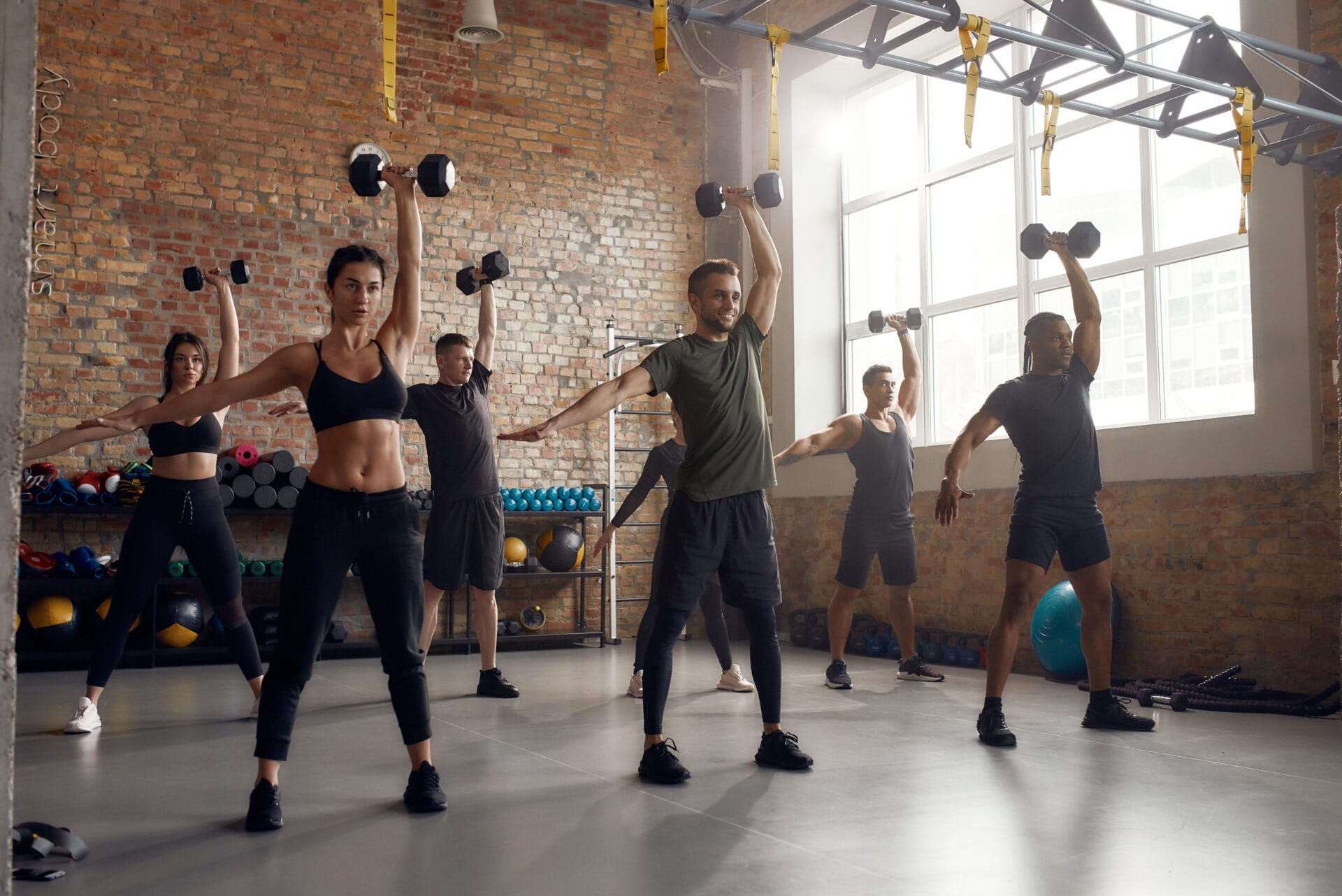Have you noticed the distinctive dark circles on the backs of some athletes during the Olympics and wondered what they’re all about? These intriguing marks are actually the result of a traditional therapy known as cupping. Let’s dive into what cupping is and why it’s gaining popularity among elite athletes.
What is Cupping?
Cupping is an ancient therapy that involves placing special cups on the skin to create suction. This suction helps to increase blood flow, reduce muscle tension, and promote relaxation. It’s been used for centuries in various cultures to treat a range of ailments and enhance physical performance.
Benefits of Cupping
So why are Olympic athletes turning to cupping? Here are a few reasons:
- Improves circulation: The suction effect of cupping increases blood flow to the affected area, reducing pain and promoting healing.
- Reduces inflammation: Cupping reduces inflammation by increasing lymphatic fluid flow and reducing fluid buildup in the affected area.
- Relieves pain: Cupping stimulates the body’s natural pain-relieving mechanisms and reduces tension in affected muscles, relieving pain.
- Improves range of motion: Cupping releases tight muscles and fascia, improving range of motion.
- Promotes relaxation: Cupping reduces muscle tension and promotes the release of endorphins, promoting relaxation. The meditative experience of receiving cupping can promote mindfulness and relaxation, helping patients feel more centered and grounded.
If you’re interested in cupping therapy, it’s essential to find an experienced therapist who can provide personalized treatments tailored to your specific concerns. Our clinics offer a thorough evaluation of your medical history and physical condition to determine if cupping is the right treatment for you. We then develop a customized treatment plan to help you achieve your health goals.
At our clinics, we understand that each patient has unique needs and experiences. That’s why we offer a range of complementary therapies in addition to our physical therapy services. We’re here to answer any questions you have about cupping therapy and help you determine if it’s the right treatment for you.










